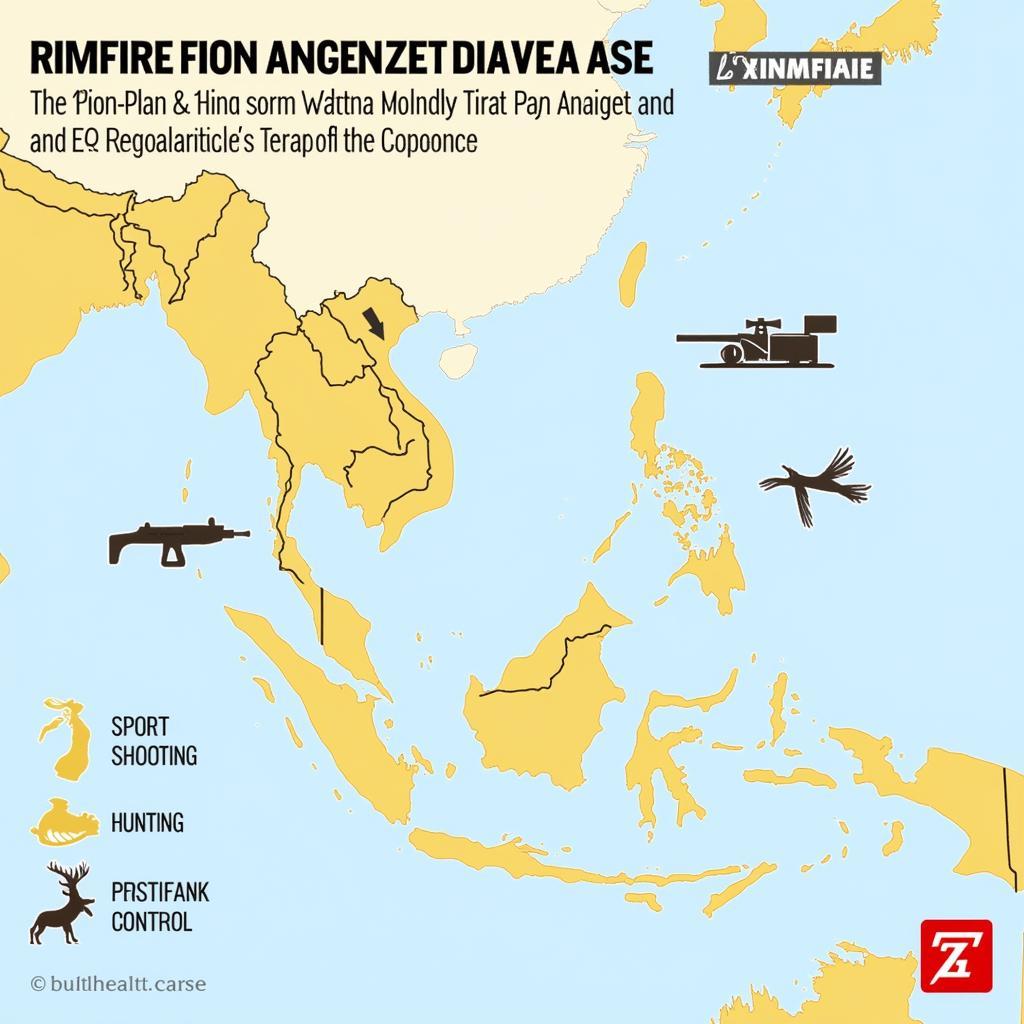The Association of Southeast Asian Nations (ASEAN) is a dynamic and diverse intergovernmental organization, comprised of 10 member states. This article delves into the rich tapestry of Asean Member countries, examining their individual characteristics, collective strengths, and shared vision for a prosperous future. We’ll explore the history, economies, cultures, and political landscapes of these nations, highlighting their unique contributions to the ASEAN community.
A Deep Dive into ASEAN Membership
ASEAN was established on August 8, 1967, with the signing of the Bangkok Declaration by the five founding members: Indonesia, Malaysia, the Philippines, Singapore, and Thailand. Since then, the organization has expanded to include Brunei Darussalam, Vietnam, Laos, Myanmar, and Cambodia. This expansion reflects ASEAN’s commitment to regional cooperation and integration. asea membership offers a powerful platform for these diverse nations to address shared challenges and pursue common goals.
The Founding Five: Pillars of ASEAN
The original five ASEAN members laid the groundwork for the organization’s success. Indonesia, the largest economy in Southeast Asia, plays a crucial role in driving regional growth. Malaysia, a vibrant multicultural nation, contributes significantly to trade and investment. The Philippines, known for its resilient people, adds a strong voice to ASEAN’s political discourse. Singapore, a global financial hub, brings economic expertise and innovation. Thailand, a major tourist destination, showcases the region’s cultural richness. These nations, diverse in their strengths, represent the core values of ASEAN.
Expanding Horizons: Welcoming New Members
The addition of Brunei Darussalam, Vietnam, Laos, Myanmar, and Cambodia further enriched the ASEAN community. Brunei Darussalam, known for its oil and gas reserves, contributes to energy security in the region. Vietnam, a rapidly developing economy, brings dynamism and entrepreneurial spirit. Laos, a landlocked nation rich in natural resources, offers unique perspectives on sustainable development. Myanmar, undergoing a period of transition, represents a key opportunity for ASEAN to promote peace and stability. Cambodia, with its ancient history and cultural heritage, adds another layer of depth to the ASEAN identity. anggota asean tahun 2018 highlights the continued growth and influence of the organization within the region.
What are the benefits of ASEAN membership?
ASEAN membership provides numerous benefits, including enhanced economic cooperation, increased trade and investment opportunities, and improved regional security. It also facilitates cultural exchange and people-to-people connections. Dr. Maria Santos, a prominent Southeast Asian economist, states, “ASEAN membership has been instrumental in promoting economic development and integration within the region.” This sentiment is echoed by many experts in the field. ase membership prices is a topic that often comes up, reflecting the value placed on belonging to this dynamic organization.
How has ASEAN impacted regional stability?
ASEAN has played a crucial role in fostering peace and stability in Southeast Asia by providing a platform for dialogue and cooperation among member states. Professor Lee Wei Ling, a renowned political scientist, explains, “ASEAN’s focus on diplomacy and consensus-building has helped to prevent conflicts and manage tensions in the region.” The organization’s commitment to peaceful resolution of disputes has contributed significantly to regional security. anggota asean 2017 provides insight into the organization’s ongoing efforts to maintain stability and cooperation.
 Photo of ASEAN Cultural Exchange
Photo of ASEAN Cultural Exchange
Conclusion: The Future of ASEAN
The ASEAN member states represent a diverse yet unified force on the global stage. Their collective strength lies in their shared commitment to regional cooperation, economic integration, and cultural understanding. As ASEAN continues to evolve, it will undoubtedly play an increasingly important role in shaping the future of Southeast Asia and beyond. Mr. Anwar Ibrahim, a leading ASEAN diplomat, emphasizes, “The future of ASEAN is bright, with immense potential for growth and prosperity.”
FAQ
- How many ASEAN members are there? (10)
- When was ASEAN founded? (1967)
- What are the aims of ASEAN? (Promote regional cooperation, economic integration, and cultural understanding)
- Which countries are the founding members of ASEAN? (Indonesia, Malaysia, the Philippines, Singapore, and Thailand)
- What are the benefits of being an ASEAN member? (Enhanced economic cooperation, increased trade and investment, improved regional security)
- What is the ASEAN Charter? (The legal framework governing ASEAN)
- How does ASEAN promote regional integration? (Through various initiatives and agreements aimed at harmonizing policies and regulations)
Need support? Contact us 24/7: Phone: 0369020373, Email: aseanmediadirectory@gmail.com. Our address: Thon Ngoc Lien, Hiep Hoa, Bac Giang, Vietnam.
